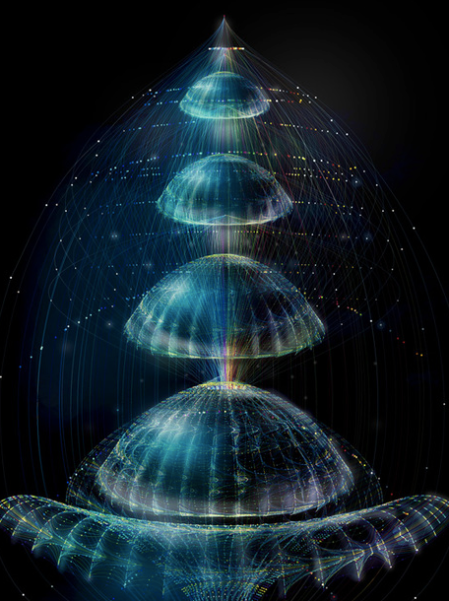Big thanks to the Behance Network for turning me on to the amazing work of Tatiana Plakhova, whose series “Music Is Math” is a meditation on the mathematical nature of sound, expressed in exciting and complex visualizations. Her work is grounded in exploring patterns and repeated forms, but she does so with a celestial eye and encourages us to consider tiny aspects of reality as being microcosms unto themselves.
The image above could fit equally as well in a NASA photo gallery as it could in a physicist’s treatise on string theory, yet it was inspired by music. Mathematical patterns and recursive vertices weave in and out of all three topics, but it took an artist as talented as Tatiana to bring the similarities into bright focus.
You can order prints and wallpapers at Complexity Graphics: http://www.complexitygraphics.com/




 Posted by Mark
Posted by Mark 




